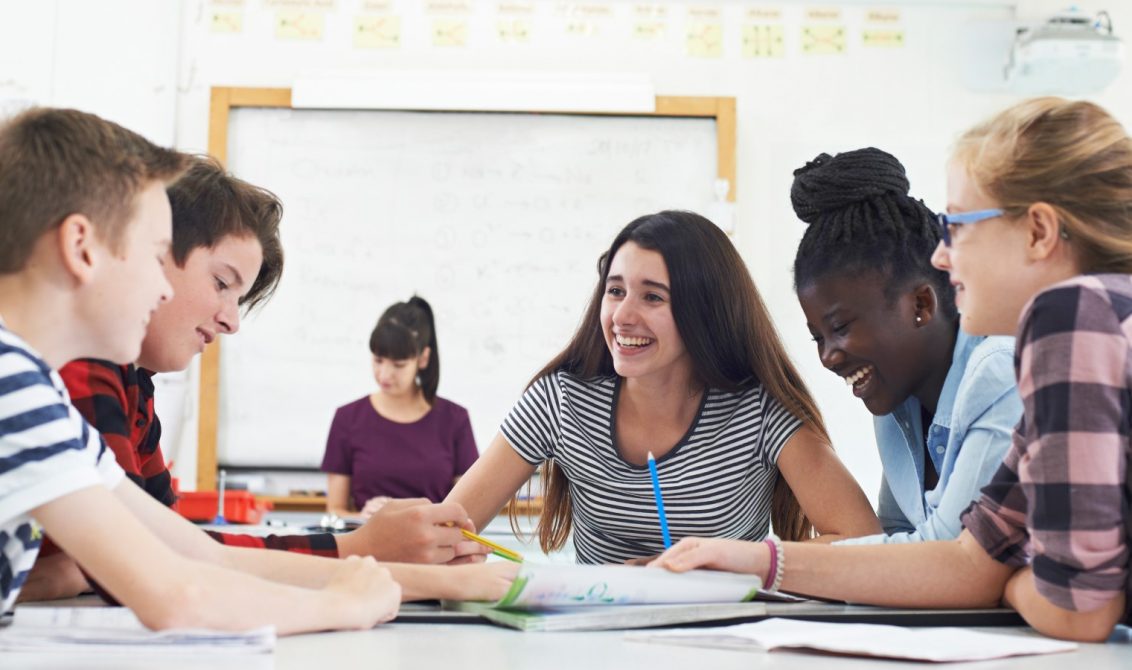
With the pace of innovation accelerating, creative skills are helping learners participate and succeed as they join the workforce. But how do you encourage your learners to use their imaginations? Creativity is one of the most important 21st century skills – and also one of the most misunderstood.
Contrary to popular belief, creativity is not just about coming up with ideas. It’s also about evaluating and improving existing ones, and brainstorming multiple solutions to problems. What’s more, it includes understanding real-world limits when developing new ideas and then elaborating on those ideas and outlining the smaller steps which will make them possible.
Traditionally, academic success was measured on the ability to recall and repeat information – meaning that creativity was often not given the space it deserved in education. But today, educational systems are changing to meet the future needs of 21st century learners who will need essential skills such as creativity, collaboration and critical thinking to stand out in a competitive and global job market.
Four ways to incorporate creativity into your classroom
1. Art and design
There are lots of ways you can encourage your learners to use their art and design skills in the classroom. One of the most effective is to use the topics you are teaching or books they are reading to generate ideas for presentations. This will further engage your learners and help them develop digital literacy (that is, knowing how to use technology appropriately) as they will need to identify facts and form opinions about what they are reading. Encourage your older learners to read around the topics presented and further develop their knowledge and ideas.
Another quick but fun idea is to create themed posters. They allow learners to show off their creative side and can cover any topic; whether it be a content-based project, a grammar explanation of how and when to use the present perfect in a language lesson, or even a picture dictionary with vocabulary of your local town or city.
And why not make a ‘graffiti wall’ in your classroom? Cover a cork board with poster paper, shaded to look like a brick wall. Encourage your learners to graffiti the wall with jokes, phrases or images of things they like in English or their mother tongue. Better still, this graffiti wall can develop throughout the year, giving your learners a constant reminder of the things they have learned and how they are progressing.
2. Predicting what’s to come
It may sound obvious but when we give learners the opportunity to predict content we are tapping into their creative sides. Here’s how you can do it:
Before doing a reading or listening task, show your learners an image associated with the topic, or write some of the keywords from the text/transcript on the board. Then have them imagine what the text is going to be about and encourage them to expand on their ideas. This will also motivate them more to engage with the text as they’ll want to see if their predictions were correct.
After the reading or listening task you could then get students to come up with an alternative ending or write a play or comic about the events which followed.
3. Personalisation
Allowing your learners the space and opportunity to respond to a topic in a personal way encourages them to form a deeper connection to the language they use.
Take a linguistic point such as the past simple, for example. You can have students imagine the past week of their favourite movie star or athlete and ask them to write a text about what that person did.
Or, working within a modern languages topic (such as giving personal information), you can have them invent a dialogue between their favourite celebrity and a classmate’s when the two meet at the gym or a red-carpet event.
4. Using grammar to your advantage
And finally, grammar doesn’t have to be boring! You can also use any grammar point to get creative. The second conditional is particularly good for learners to demonstrate their imaginations and develop their creativity.
One way to do this is to give learners a series of sentence stems and a dice. Have them roll the dice and take a sentence stem and imagine as many possible endings for the sentence as the number on the dice. Or ask your learners to invent something for the home, like a self-cleaning frying pan or a colour-changing light bulb which reflects your mood.
After learners have imagined and presented their inventions, have them compare their design with others. For example, a self-cleaning frying pan is much more useful than a colour-changing light bulb. But the light bulb is more exciting and probably less expensive!
A version of this content was originally published on the Pearson English blog on 1st October 2018.
Want to learn more about teaching and assessing creativity?
Find sample learning tasks in our free guide Ways to integrate creativity skills into primary and secondary education.
Read our Skills for Today report: What we know about teaching and assessing creativity and this 3-page summary for educators.
Throughout February and March 2020, we ran a webinar series on Our Human Talents: Personal and Social Capabilities, taking a deeper dive into the skills we have identified as crucial for future employability, including collaboration, critical thinking, communication and self-management.
You can watch the Teaching Creativity webinar recording here and catch up on all the webinars in the series here.

